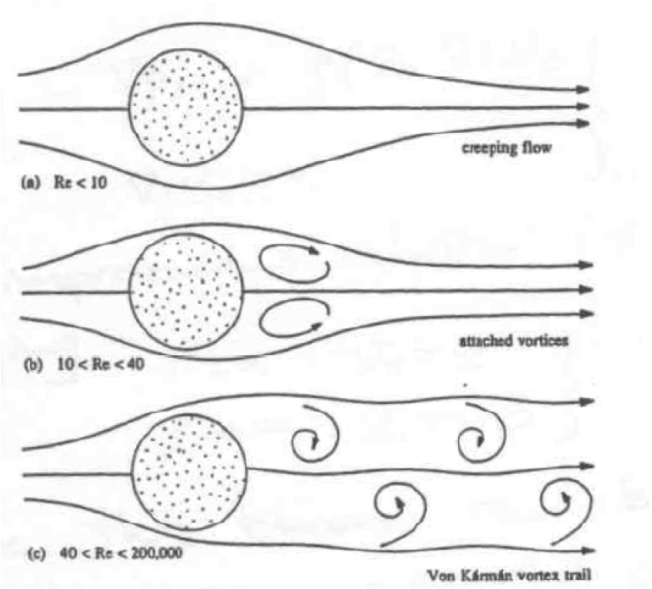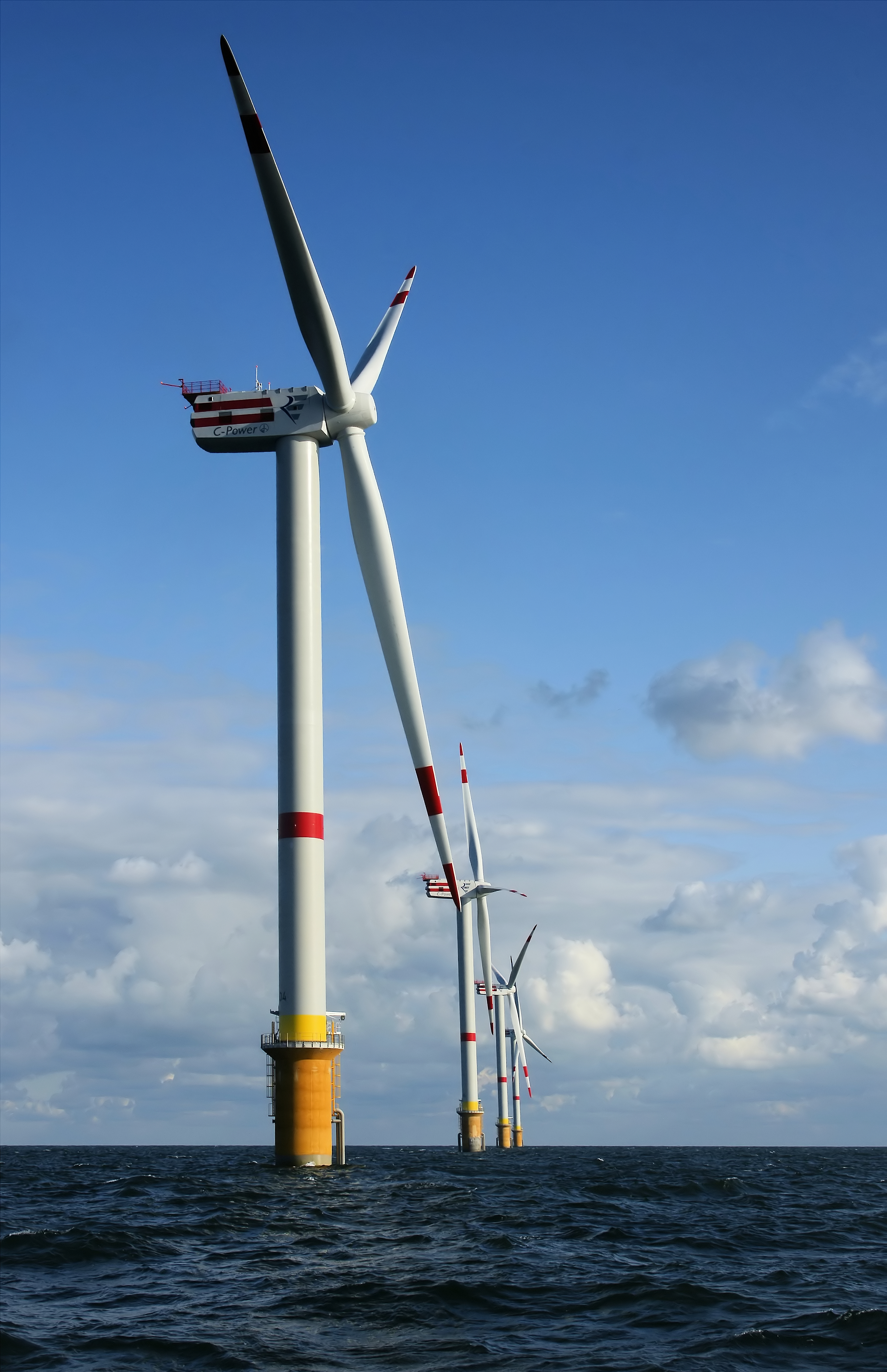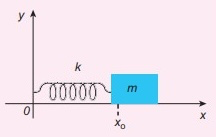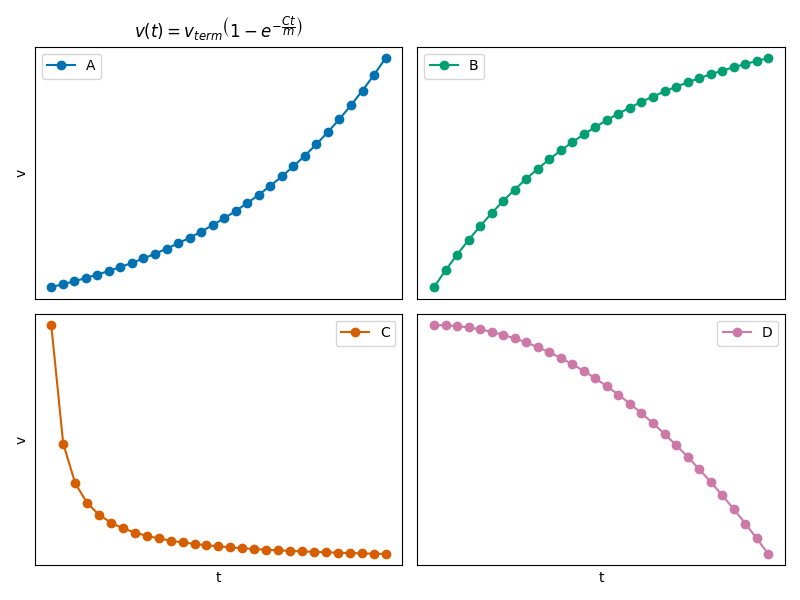Day 06 - Making Classical Models#

Plane Polar Coordinates Warm-Up (5 minutes)#
We introduced plane polar coordinates (\(r,\phi\)). For any position vector, \(\vec{R}\), we can write:
where \(r\) is the magnitude of \(\vec{R}\), and \(\hat{r}\) is the radial unit vector.
Find \(\dot{\vec{R}} = \frac{d\vec{R}}{dt}\). Get as far as you can. Our answer will be in terms of \(\hat{r}\) and \(\hat{\phi}\).
Remember the chain rule and Cartesian unit vectors are fixed in space/time
\(\hat{r} = \cos(\phi)\hat{x} + \sin(\phi)\hat{y} \qquad \hat{\phi} = -\sin(\phi)\hat{x} + \cos(\phi)\hat{y}\) \(\frac{d}{d\phi} \cos \phi = -\sin \phi \qquad \frac{d}{d\phi} \sin \phi = \cos \phi\)
Announcements#
Homework 2 is due Friday
Homework 3 is now posted
Office hours, for now (Mihir-MN; Danny-DC):
Tuesday 6-8pm (MN, Zoom)
Thursday 6-8pm (MN, Zoom)
Friday 2-4pm (DC, 1248 BPS)
Zoom Link: https://msu.zoom.us/j/96882248075
password:
phy321msu
Seminars this week#
TUESDAY, September 9, 2025#
High Energy Physics Seminar, 1:30 pm, 1400 BPS, Host ~ Joey Huston
Speaker: Joshua Isaacson, MSU
Title: Single pion-production and pion propagation in Achilles
Organized by: Joey Huston, Sophie Berkman and Brenda Wenzlick
Seminars this week#
WEDNESDAY, September 10, 2025#
Astronomy Seminar, 1:30 pm, 1400 BPS, In Person and Zoom, Host~ Speaker: Rachael Roettenbacher, University of Michigan Title: Imaging Spotted Stars for an Improved Understanding of Stars and Exoplanets Zoom Link: https://msu.zoom.us/j/887295421?pwd=N1NFb0tVU29JL2FFSkk0cStpanR3UT09 Meeting ID: 887-295-421 Passcode: 002454
Seminars this week#
WEDNESDAY, September 10, 2025#
FRIB Nuclear Science Seminar, 3:30pm., FRIB 1300 Auditorium and online via Zoom Speaker: Suzanne Lapi of the University of Alabama at Birmingham Title: Development of new isotopes for theranostic applications Please see website for full abstract. Please click the link below to join the webinar: Join Zoom: https://msu.zoom.us/j/96485010083?pwd=O0rXwspn80aYGEI06QEZag6Ao4siq7.1 Meeting ID: 964 8501 0083 Passcode: 261744
Seminars this week#
THURSDAY, September 11, 2025#
Colloquium, 3:30 pm, 1415 BPS, in person and zoom. Host ~ Refreshments and social half-hour in BPS 1400 starting at 3 pm Speaker: Laura Chomiuk, MSU Title: Fall 2025 Physics and Astronomy Kickoff Background: For more information and to schedule time with the speaker, see the colloquium calendar at https://pa.msu.edu/news-events-seminars/colloquium-schedule.aspx Zoom Link: https://msu.zoom.us/j/94951062663 Password: 2002 Or complete link: https://msu.zoom.us/j/94951062663?pwd=c48uM25P9UsRVuR74rkOioOWgpoxgC.1
Seminars this week#
FRIDAY, September 12, 2025#
QuIC Seminar, 12:30pm, -1:30pm, 1300 BPS, In Person
Speaker: Jean Paul Sadia, MSU
Title: Introduction to Quantum Information and Computation
Full Scheule is at: https://sites.google.com/msu.edu/quic-seminar/
For more information, reach out to Ryan LaRose
Seminars this week#
FRIDAY, September 12, 2025#
IReNA Online Seminar, 2:00 pm, via Zoom. Hosted by: Artemis Tsantiri (University of Regina, Canada) Speaker: Lorenzo Roberti, INFN-LNS, Italy/Konkoly, Observatory Hungary Title: Carbon-Oxygen Shell Mergers in Massive Stars Zoom Link: https://msu.zoom.us/j/827950260 Password: JINA
AI Policy Proposals#
Proposal 1: We adopt a policy that does not allow AI use at all.
Proposal 2: We adopt a policy that allows AI use for brainstorming, help, and editing.
Proposal 3: We adopt a policy that allows AI for use in nearly any way.
Proposal 4: We adopt a policy that allows AI for use in any way with no documentation required.
Updated AI Policy#
We have only 12 votes! Vote now, please.
https://forms.cloud.microsoft/r/0GT4umz7qY

Goals for Week 3#
Be able to answer the following questions.
What is Mathematical Modeling?
What is the process for analyzing these models?
Be able to solve “Simple” Motion Problems with Newton’s Laws.
Modeling Video#
What is your experience with modeling?#
Take 2-3 min to think about your prior physics classes#
What models have you used? What makes that a model?
What made a that model good or not so good?
What kinds of things could you do to make a better model?
Vortex Shedding#
At higher Reynolds numbers, flow around objects becomes unstable.
This instability can lead to the formation of vortices.
This “shedding” of vortices can lead to vibrations and noise.

Model of vortex shedding behind a cylinder#
Controlling vortex shedding is important in many engineering applications.

Giosan, Ioan, and P. Eng. "Vortex shedding induced loads on free standing structures" Structural Vortex Shedding Response Estimation Methodology and Finite Element Simulation 42 (2013).
Renewables: Wind Turbines#
Thorntonbank Wind Farm#
North Sea off the coast of Belgium#
Notice the cylindrical shape of the support structure.

Clicker Question 6-1#
The SHO is a useful model: \(m\ddot{x} = -kx\).
Assume the restoring force is anti-symmetric about the equilibrium position, what is the next term model?
\(\sim x^2\)
\(\sim x^3\)
\(\sim x^4\)
\(\sim x^5\)

Clicker Question 6-2#
Assuming a linear model for Air Resistance \(\sim bv\), we obtained this EOM for a falling ball:
What happens when \(\ddot{y} = 0\)?
The ball stops moving (\(v = 0\)).
The ball reaches a velocity of \(mg/b\).
The ball reaches a terminal velocity.
I’m not sure.
Clicker Question 6-3#
For the system of Linear Drag in 1D, we found a solution for the velocity as a function of time, with \(v = 0\) at \(t = 0\). $\(v(t) = v_{term}\left(1-e^{-\dfrac{bt}{m}}\right)\)$
where \(v_{term} = \sqrt{\frac{mg}{b}}\).

CQ 6-3#
Which sketch could be correct for the velocity of the ball?
Clicker Question 6-4#
For the system of Quadratic Drag in 1D, we found a solution for the velocity as a function of time, with \(v = 0\) at \(t = 0\).
where \(v_{term} = (mg/c)^{1/2}\). Do the units make sense? What are the units \(\left[gt/v_{term}\right]\)?
Yes,\(v\) and \((mg/c)^{1/2}\) have the same units; the units for \(\left[gt/v_{term}\right]\) are m/s.
No, \(v\) and \((mg/c)^{1/2}\) have different units; the units for \(\left[gt/v_{term}\right]\) are m/s.
Yes, \(v\) and \((mg/c)^{1/2}\) have the same units; the units for \(\left[gt/v_{term}\right]\) are unit-less.
No, \(v\) and \((mg/c)^{1/2}\) have different units; the units for \(\left[gt/v_{term}\right]\) are unit-less.
Clicker Question 6-5#
For the system of Quadratic Drag in 1D, we found a solution for the velocity as a function of time, with \(v = 0\) at \(t = 0\).
where \(v_{term} = \sqrt{mg/c}\). What happens when \(t \rightarrow \infty\)?
The object stops moving.
The object travels at a constant velocity.
The object travels at an increasing velocity.
The object travels at a decreasing velocity.
I’m not sure.

